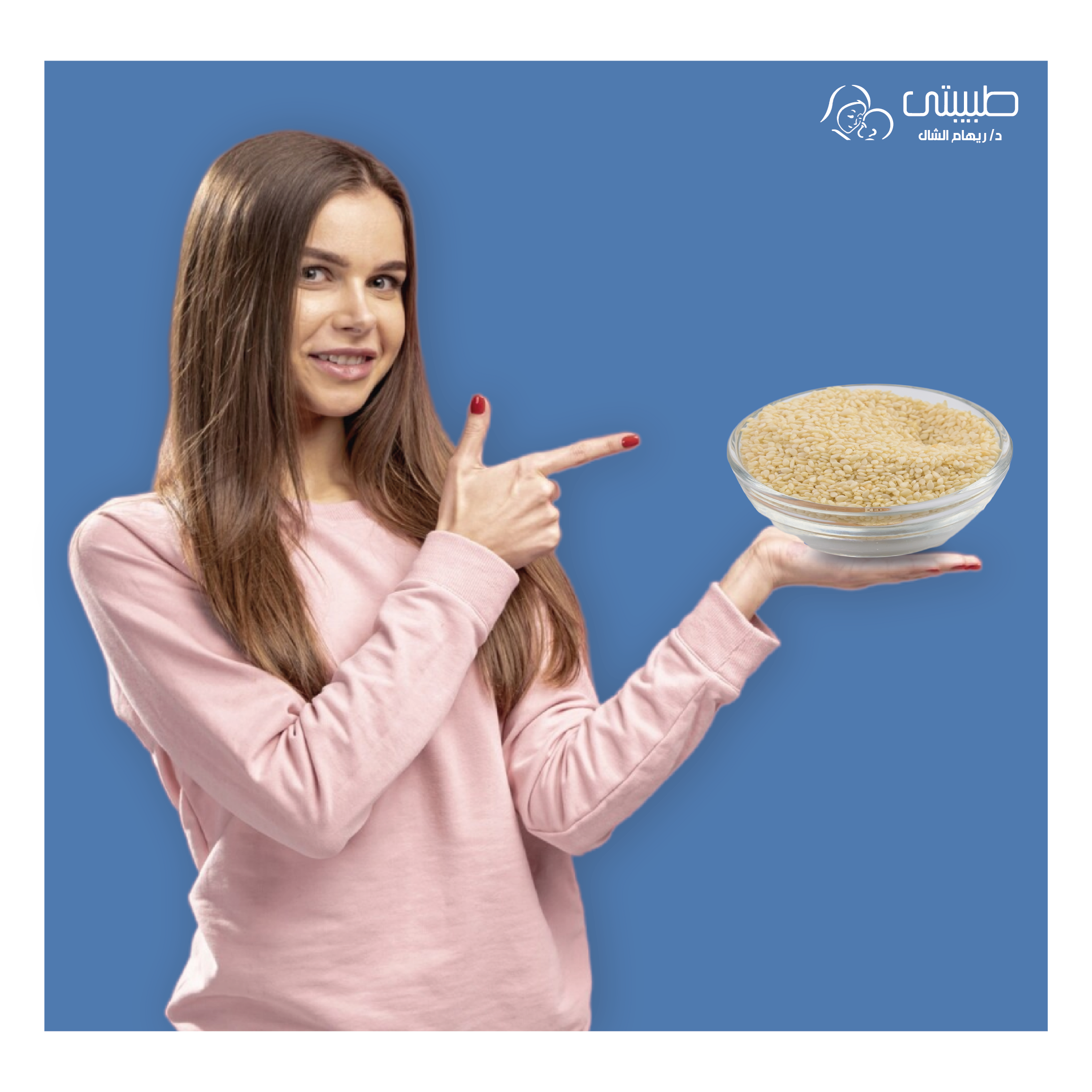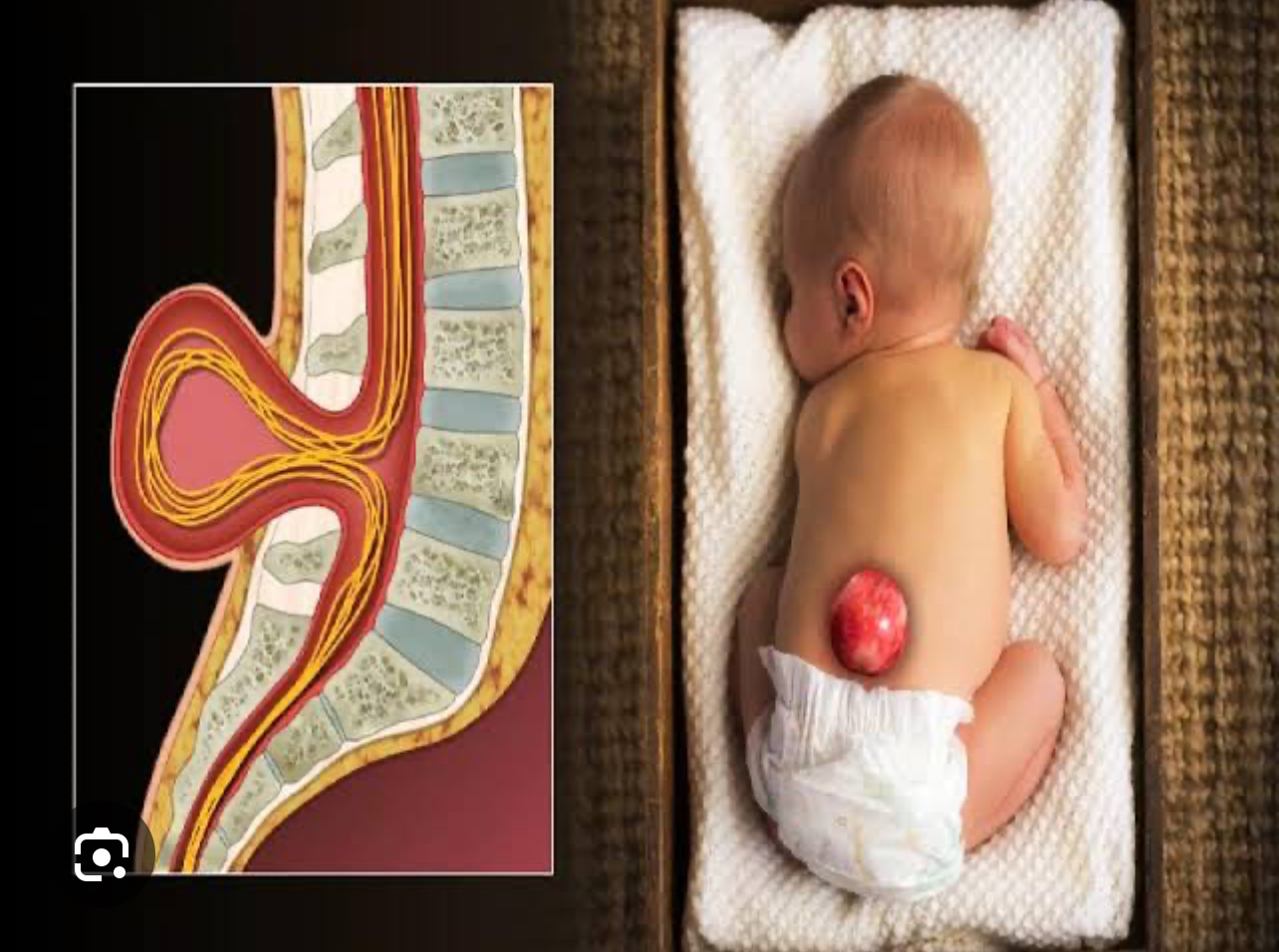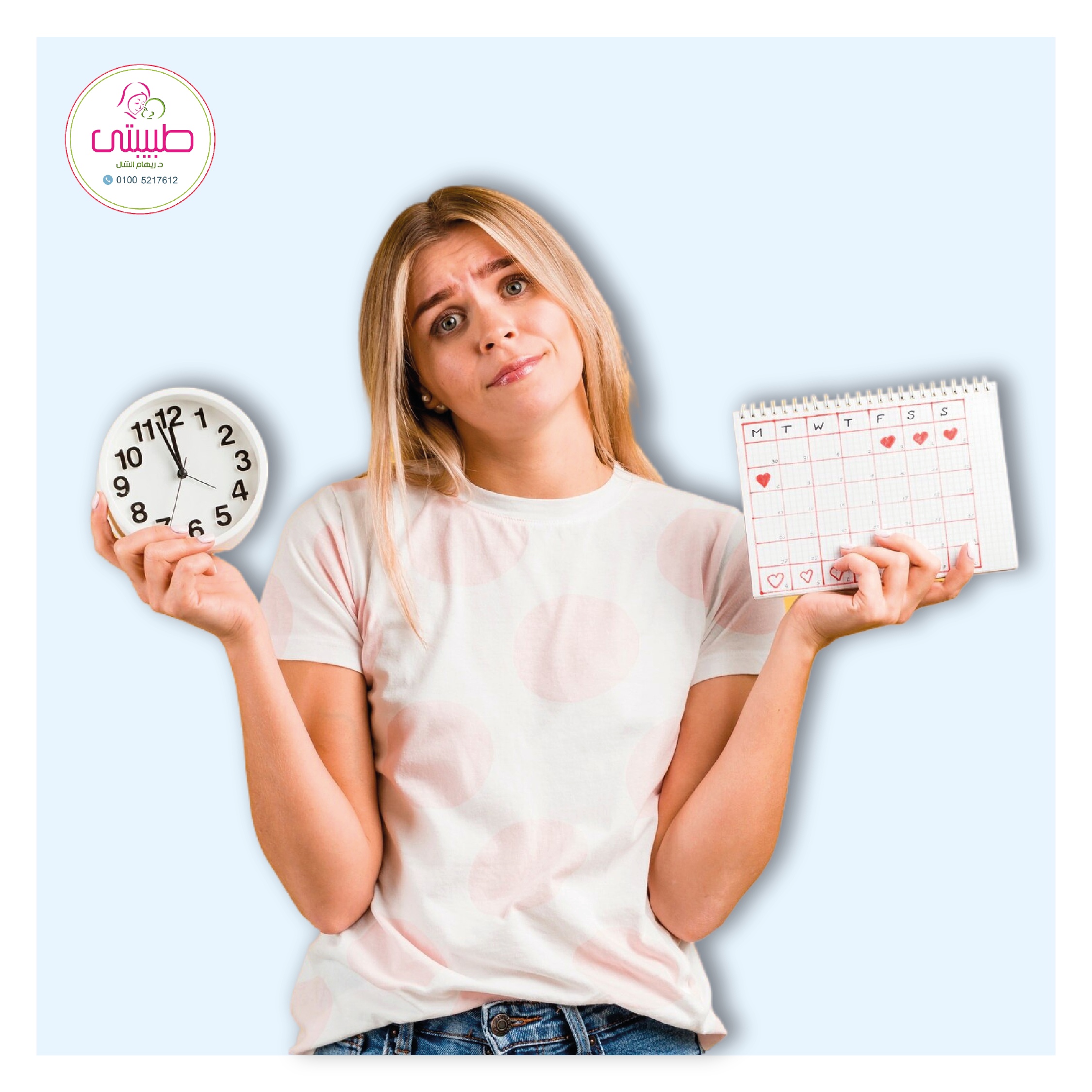Sesame and Clove Mixture: Is It Really the Key to Pregnancy? Or Just a Social Media Trap؟
Social media has reached a stage where it tells us there’s a magical mixture for pregnancy! No need to visit doctors, no need for tests, no need to waste years on analyses and treatment… the simple solution is: sesame + clove = very fast pregnancy, and maybe even twins!
But let’s calm down and think: why have all the doctors kept silent about this magical recipe? And why do they leave us “suffering,” according to these videos?
The answer is simple: because we work based on science, not imagination.
The information no one told you: not every folk remedy works for everyone.
On the Tebibty website and channels by Dr. Riham El Shal: we regularly review research, read, analyze, and buy scientific subscriptions to provide every woman with up-to-date, accurate information. Even when we talk about herbs or alternative medicine, we present it based on scientific evidence and clarify when it is beneficial and when it might be harmful.
Let me start with sesame — we talked about it two years ago, saying it is beneficial in some cases but also clarified when it’s not effective.
What recently spread is the claim that if you add clove to sesame, pregnancy will happen very quickly! This is where things enter a dangerous zone.
Clove: Its benefits are real, but it’s not safe for everyone.
Clove truly contains an anesthetic substance; many of us have tried it during toothaches. It is also a powerful antioxidant, reduces inflammation, and is useful in cases of polycystic ovary syndrome (PCOS) and endometriosis.
Additionally, it has antibacterial properties and is sometimes used to clean the digestive system.
But! The big problem arises when it’s used incorrectly or without medical supervision.
Clove significantly lowers blood sugar, which can cause serious drops, especially in diabetic patients or those taking insulin.
And the more dangerous part? The eugenol substance in clove — if it accumulates in the body, it can cause liver toxicity, the very organ that protects us from oxidation in the first place!
Do you know the second disaster?
Clove can cause spasms, especially in people with a prior history, even if it is not obvious.
Moreover, clove increases blood thinning, which makes me, as a doctor, stop and ask every patient before surgery: “Have you taken clove?”
Because if she’s taking medications like aspirin or clexane along with clove, it can lead to uncontrollable bleeding.
By the way, clove can also disrupt fluid balance in the body, leading to increased swelling or fluid retention.
Where is the big mistake?
People watch videos on social media claiming that some women got pregnant after taking the mixture, but they don’t see the other side: cases that experienced complications, side effects, or even real physical harm.
Believe me, the happiest moment for us doctors is when a patient tells me: “I’m pregnant!” or sends me a positive pregnancy test on WhatsApp. That moment changes our whole day. So it’s absolutely illogical to hide a magical recipe that would help everyone.
The bottom line?
The sesame and clove mixture might be beneficial for some people, at certain times, but only under medical supervision.
Not every doctor prescribes herbs because not all herbs are safe, and not all cases are the same.
Even the doctors asked about this mixture said: “We don’t know its effects, and we don’t recommend anything without scientific evidence.”
This video took us two weeks of research to be able to say all this — effort, hard work, and long hours to deliver the information accurately, not randomly.
A heartfelt advice:
If you benefited from this video, help others benefit too. Share it or like it so it reaches more people.
Our goal is to minimize the number of cases experiencing complications due to improperly circulated recipes.
If you are struggling with infertility, we have gathered here all the topics related to delayed pregnancy in detailed, scientifically documented, and organized lessons to help you reach the motherhood dream you deserve:






